This touching spot for dementia, Loneliness Is Invisible, looks like a painting. The project was shot by cinematographer Tim Pfautsch on the Blackmagic Pocket 6K Cinema Camera. We’ve reached out to Tim to elaborate on how he managed to achieve this unique picturesque imagery. Read below his insights.
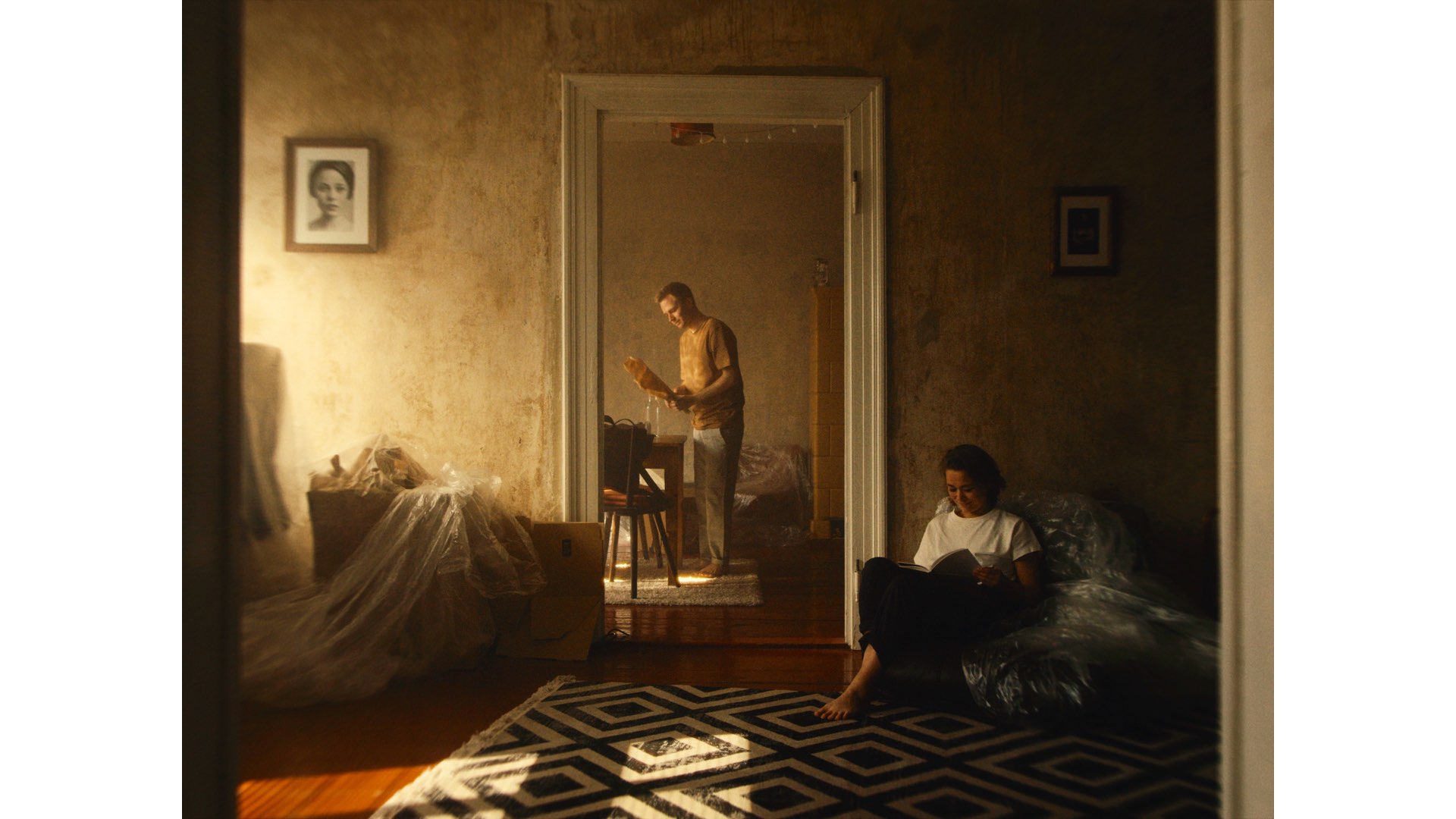
Looks like a painting
‘Loneliness Is Invisible’ is a social spot for Dementia Action Week and its goal is to create awareness of the health issues caused by social isolation. This very unique spot was shot by cinematographer Tim Pfautsch. The imagery reminds us of a picture because some shots truly look like a painting.
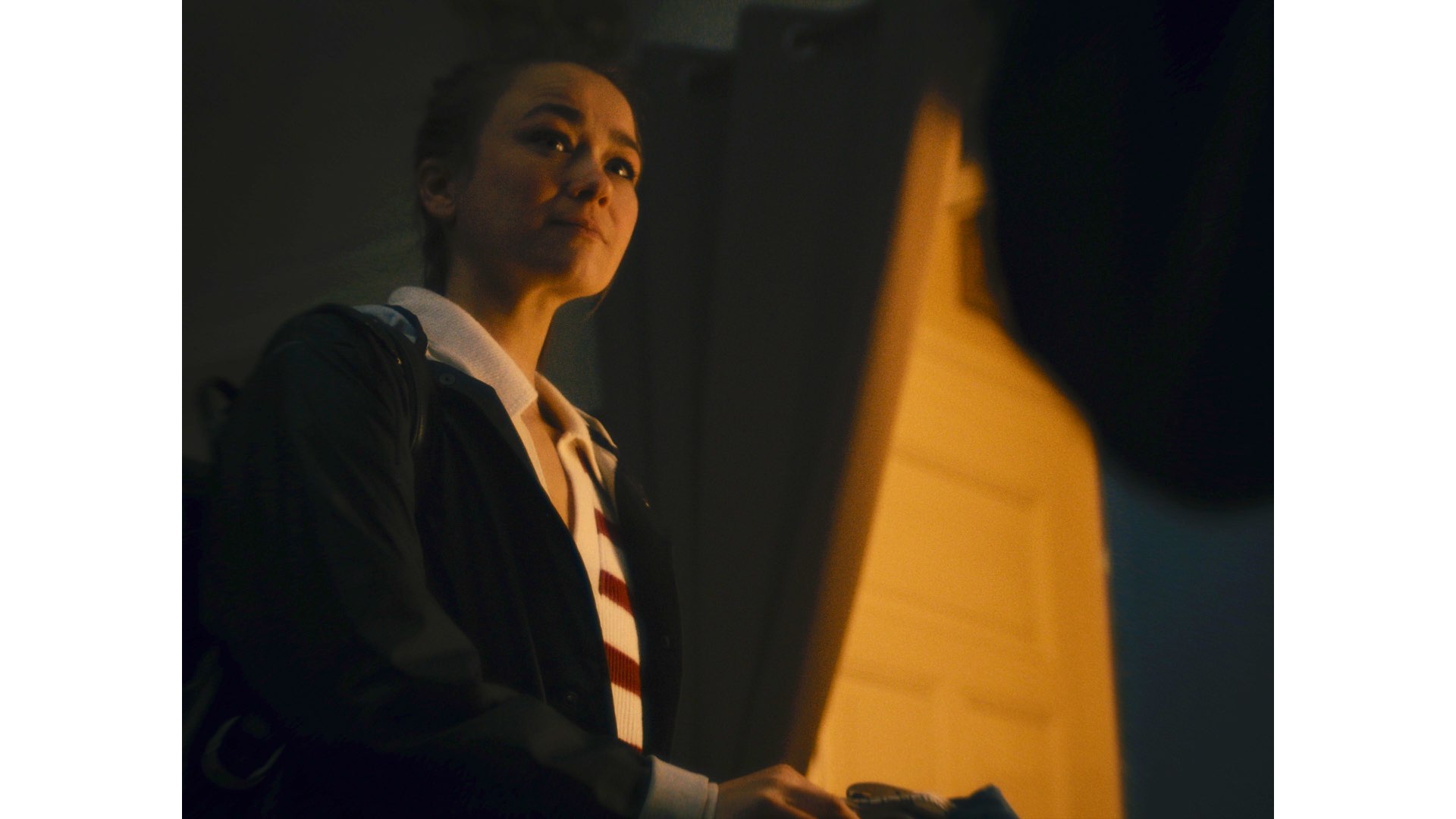
Shot on BMPCC 6K
The spot was shot on a Blackmagic Pocket Cinema Camera 6K Pro – Tim’s workhorse camera. “I love this camera for its sensible set of features – it’s one of the best performers for its price. The internal ND and Dual ISO are a godsend. I am using both all the time” he says. Furthermore, we’ve reached out to Tim to elaborate on the making, and how he nailed this project. Read his thoughts below.
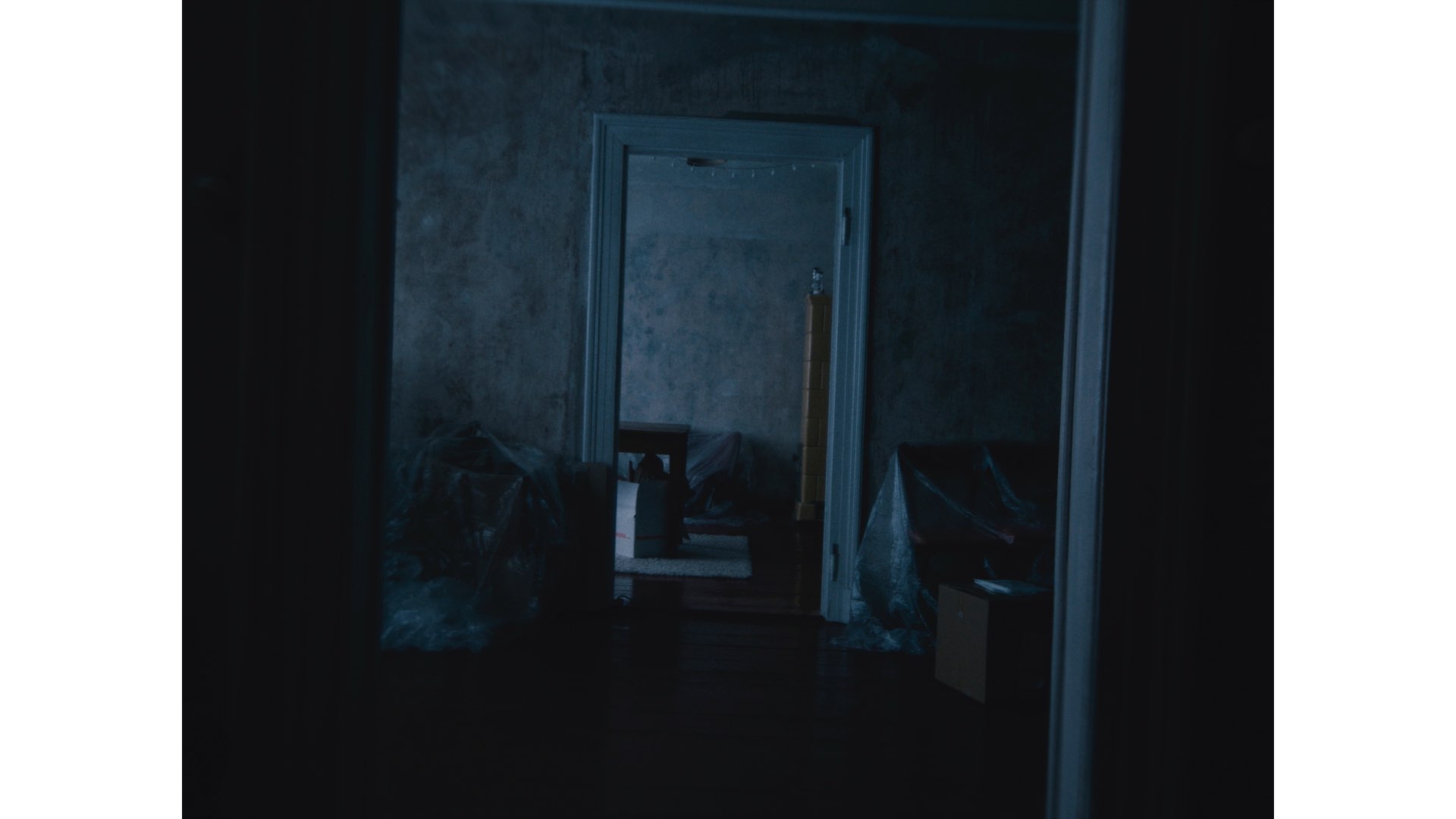
The lenses
“When director Tom Streller approached me with the script for “Loneliness Is Invisible”, I was fascinated by his idea to tell an emotionally complex story in only three shots. As we wanted to isolate the person on the phone more and more, we used three different lenses for each shot. Starting with the wide shot on a 17mm, the caller is still immersed in the life of our protagonists – ending with a close-up of the phone, for which we chose a 50mm lens at 1.4 – totally isolating her. Due to budget constraints, I used my personal set of lenses, which consists of a lovely Tokina 17mm 3.5 RMC, a Nikon 35mm 1.4 AIS, closing with a Nikon 50mm 1.4 AIS”.
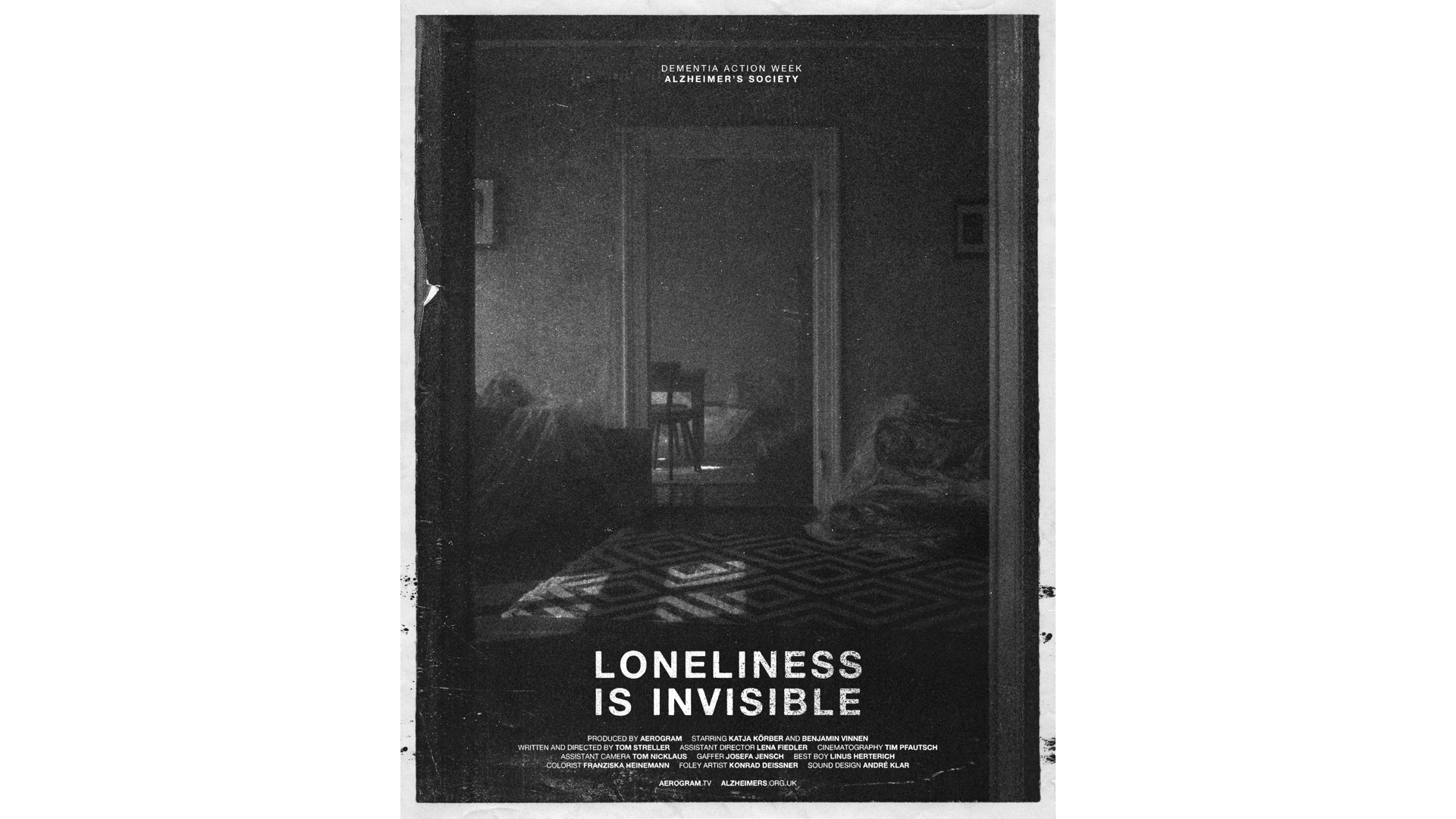
Lightings
“Of course, lighting and location were very important to this film. For the first shot, we wanted to create a warm and cozy atmosphere – we were lucky to find a location that already had so much character and windows that faced the perfect direction. The sun is doing the most work here – my gaffer Josefa Jenisch only added a 4×4 diffusion frame for the protagonist in the back room, as well as one frame for the sun hitting the left middle wall. The second shot was lit to be a very warm tungsten night interior. I only added a bit of blue ambiance by bouncing an Aputure 300D into the ceiling. I love creating little lighting effects, so I rigged two prisms in a way that they could rotate around their own axes and shot a Source4 750W into them at an angle – which creates these slits of light. By turning the prisms and changing the color temperature of the light with a frame of different strengths of CTO gel attached to it, the mood of the shot changes constantly – to indicate the passage of time. The lighting budget was only a meager 200€, but as I relied on the sun on the wides, I could pull off the other shots with a really small setup”.
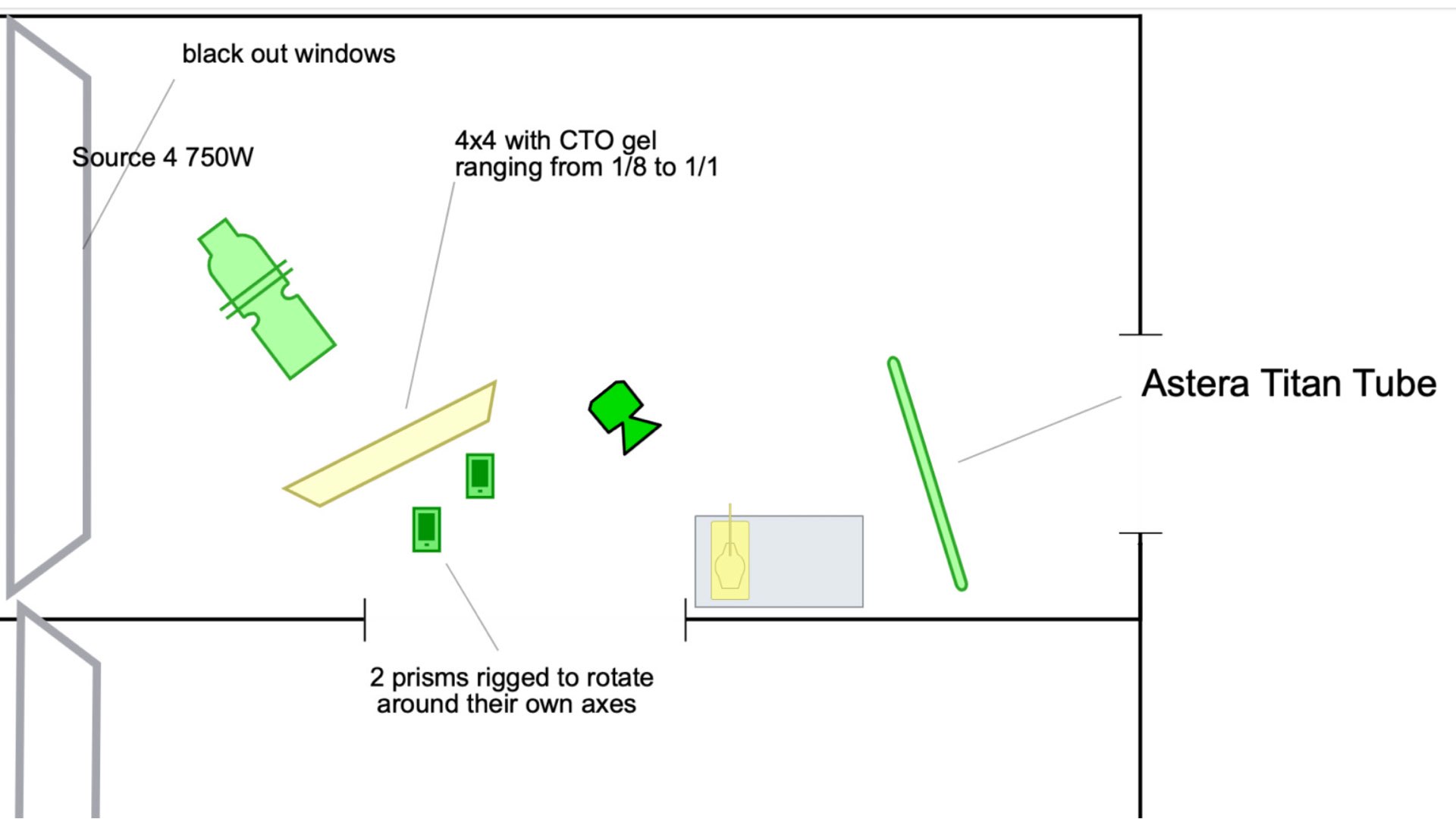
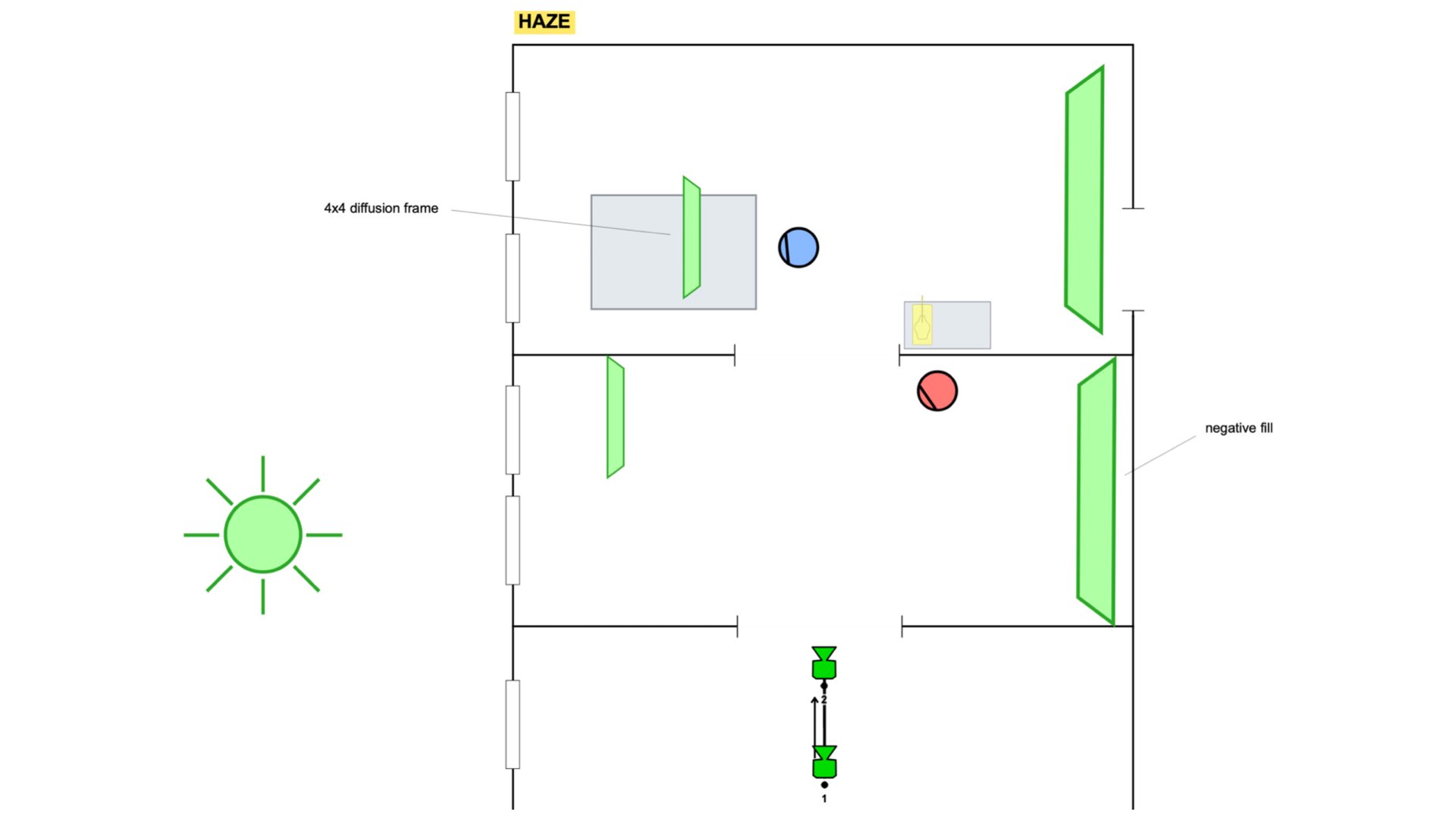
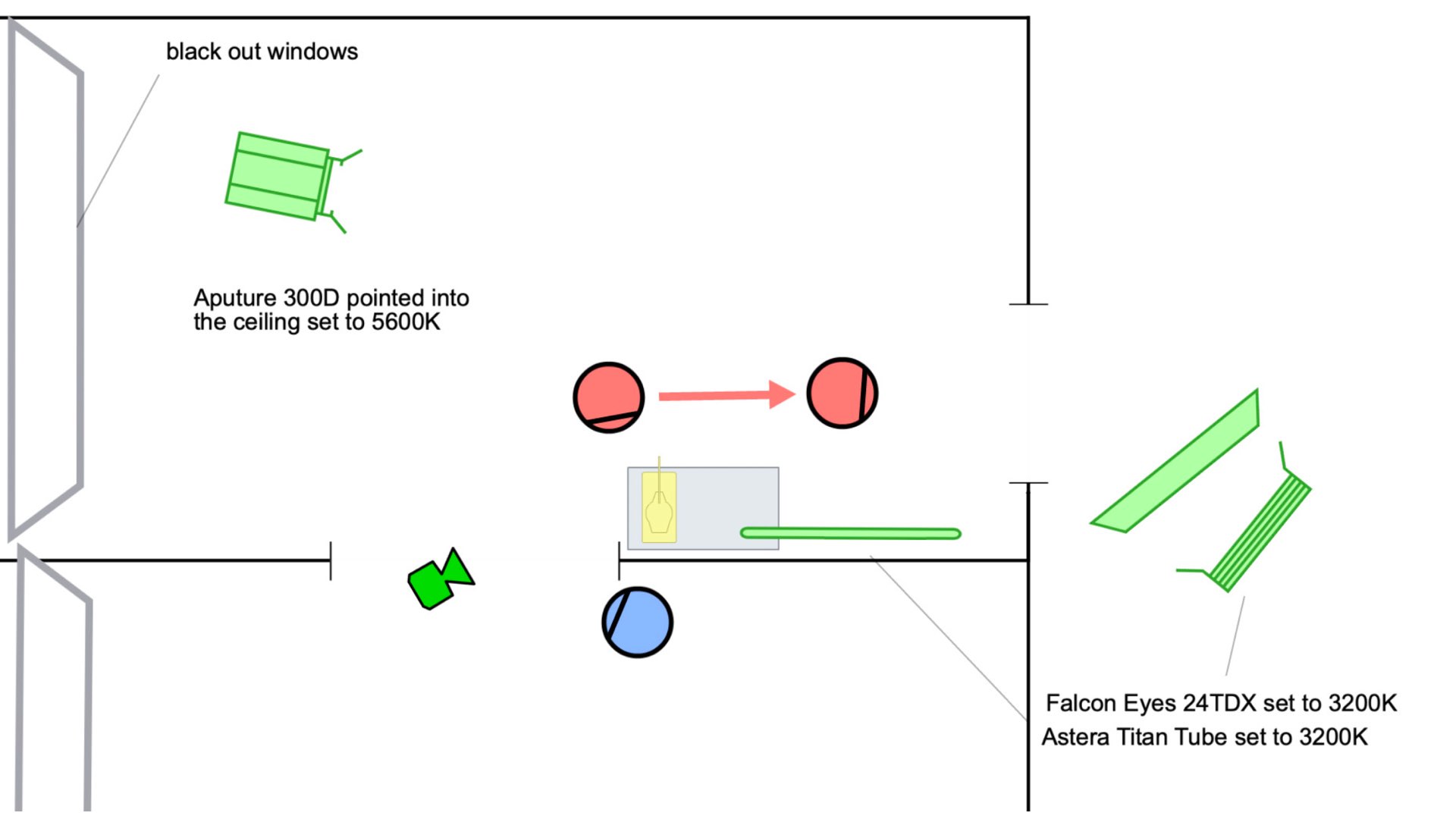
Final thoughts
“I am very happy with how this little film turned out and it reminded me that good pre-production is the key to success. Being in the right spot, at the right time, having a good crew, and most importantly: Having a good script. All of this was brought together by an amazing color grade by Franziska Heinemann, who we have worked with on numerous projects. One might disregard the Pocket 6K as a prosumer camera – but Blackmagic really put their magic into the Pocket series – with professional codecs and the BMDFilm log format as well as their new color science, this camera is very capable. I only wish they would release a camera that rigs better”. Watch ‘Loneliness Is Invisible’ below:

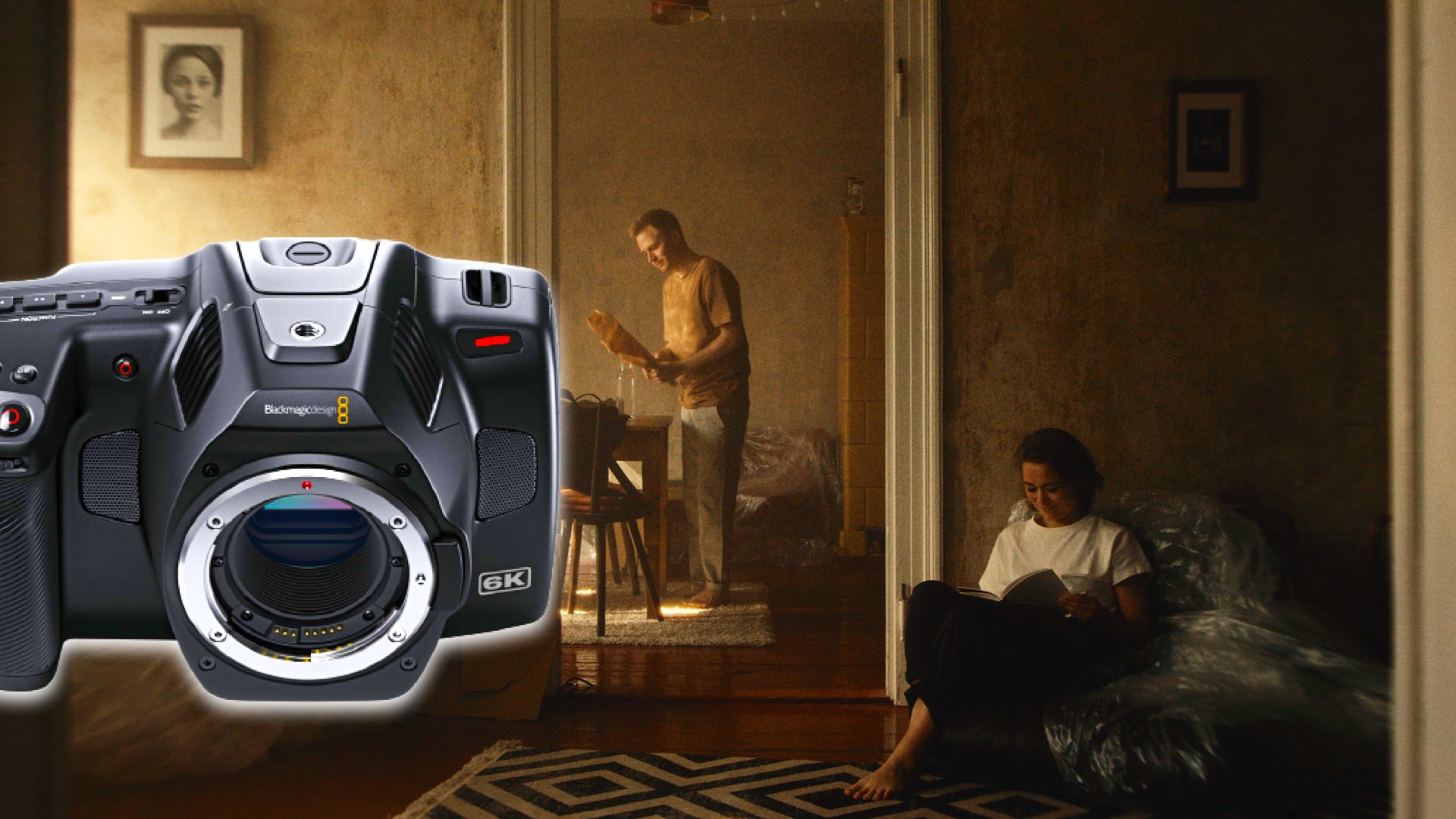



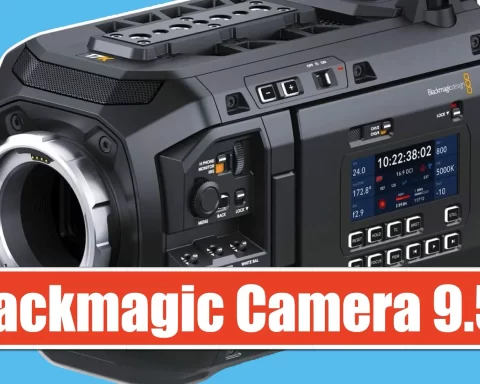
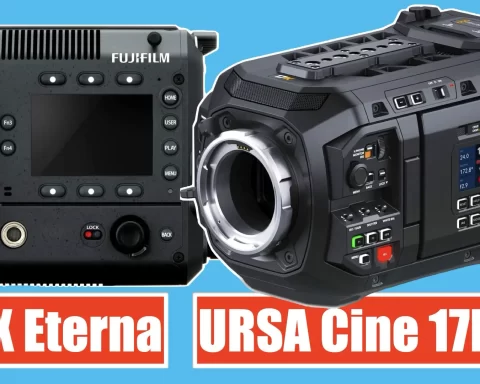

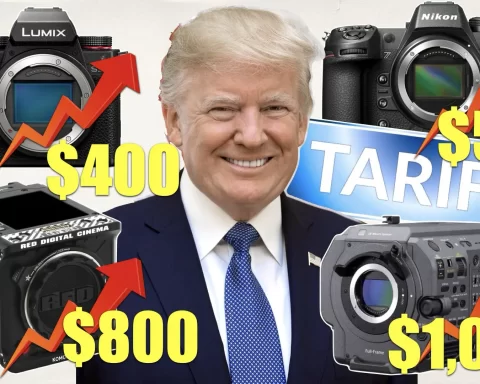

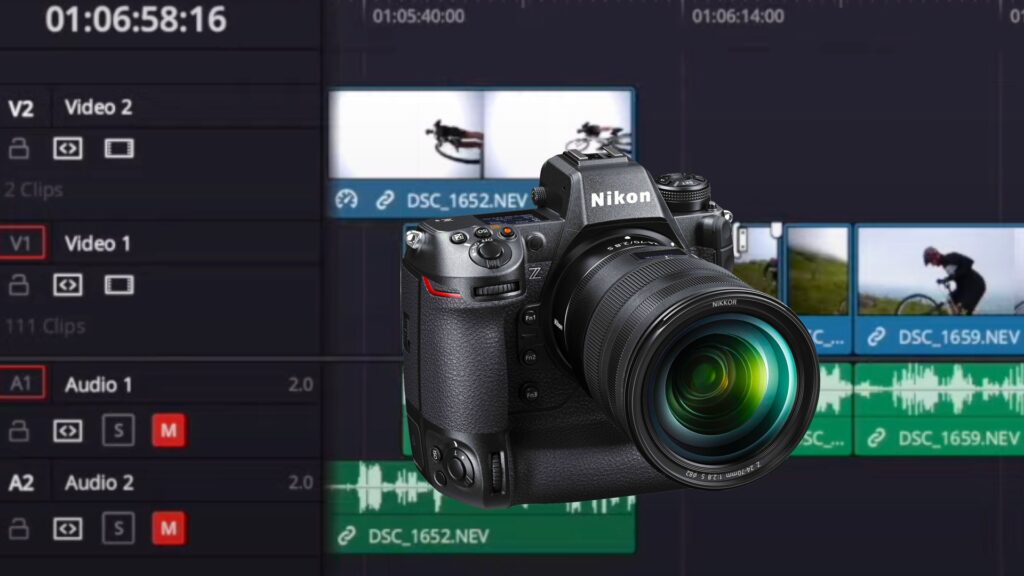
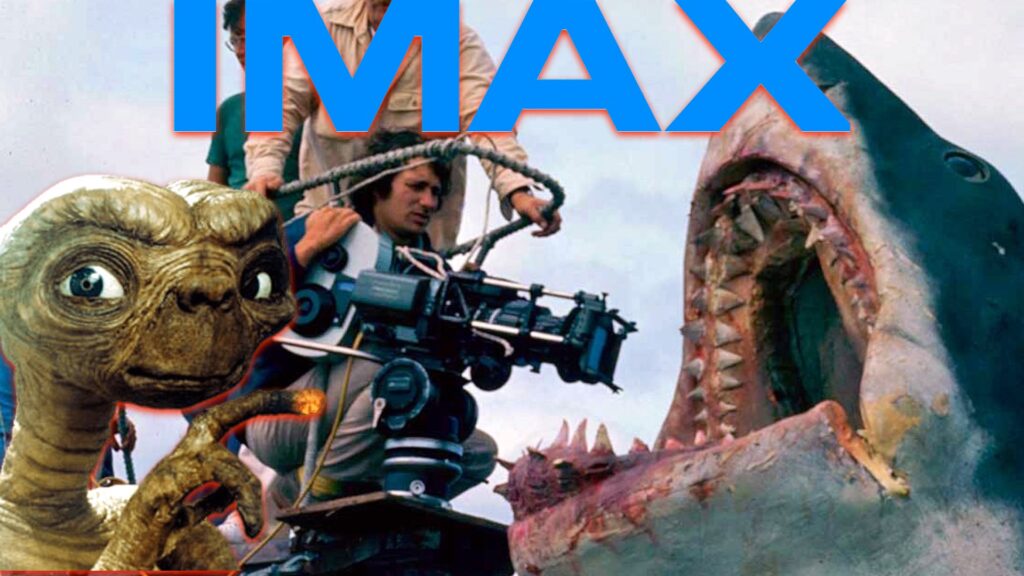
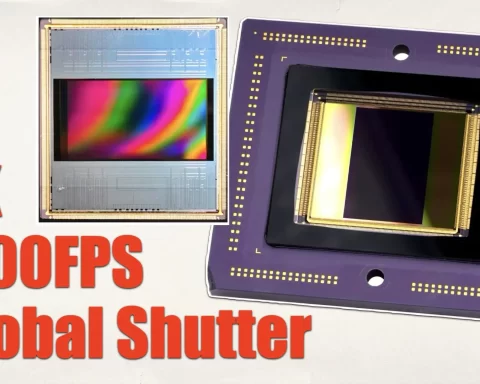

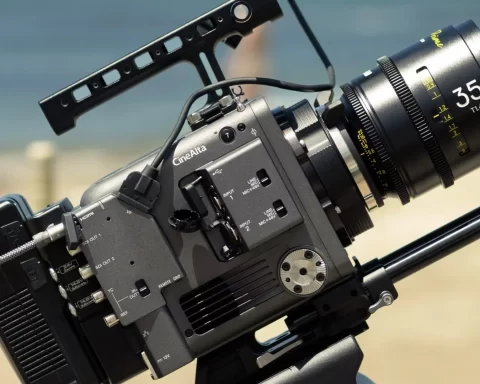



I would like to suggest for an article which would be useful for discerning the benefits of Raw codecs for Sony, Nikon and Canon which delves into post production benefits of the different Raw codecs for the purpose of latitude and flexibility. A more nitty gritty article
So potential buyers can decide what’s best for them.